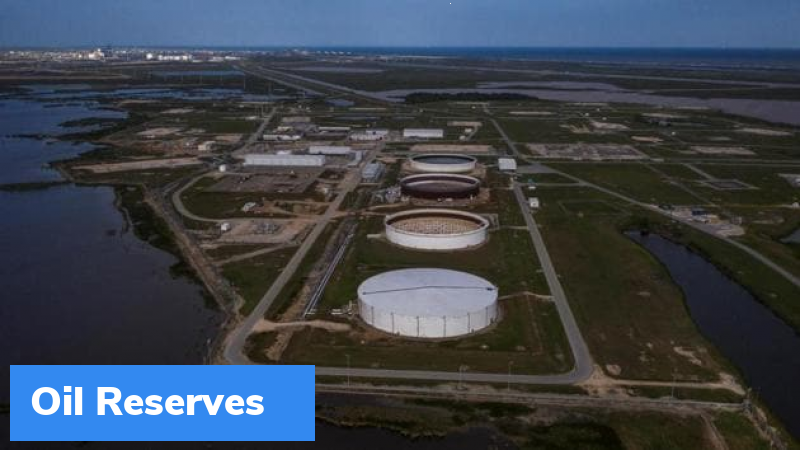Govt. approves two more new Strategic Oil Reserves
In accordance with the second phase of the Strategic Petroleum Reserve (SPR) programme, the government approved the establishment of two additional commercial and strategic underground storage facilities at Chandikhol (4 MMT) and Padur (2.5 MMT) with a total capacity storage of 6.5 MMT in PPP model.
Highlights
- In the first phase of the SPR programme, the government, through its special tool India Strategic Petroleum Reserve Limited (ISPRL), established oil storage facilities with a total capacity of 5.33 million metric tons (MMT) in 3 locations. All the three storage facilities in Shakapatnam (1.33 MMT), Mangaluru (1.5 MMT) and Padur (2.5 MMT) are filled with crude oil.
- The petroleum reserves which were established in the first phase are of strategic importance, and the crude oil stored in these reserves will be used in the scenario of oil shortage.
- Second phase of the SPR programme, the government approved the establishment of two additional commercial and strategic underground storage facilities at Chandikhol (4 MMT) and Padur (2.5 MMT) with a total capacity storage of 6.5 MMT in PPP model.
- Proposals for the construction of these storage facilities are being finalized.
- Under Phase II for land acquisition an amount of Rs 210 crore was allocated in the budget, and ISPRL has received the amount.
Importance of the Strategic Petroleum Reserves (SPR) programme
The 1990 Gulf War caused oil prices to skyrocket and imports from India increased significantly. During the Indian economic crisis after 1991, foreign exchange reserves could hardly finance three weeks of imports, and the government could hardly meet its financial obligations. India responded to the crisis through economic liberalization policies. However, the country continued to be affected by fluctuations in oil prices.
In the year 1998, the government of former Prime Minister Atal Bihari Vajpayee proposed the creation of oil reserves as a solution to manage the oil market. Three storage facilities were built at underground sites in Padur, Visakhapatnam and Mangalore. In the first phase, a total storage capacity of 5.33 million tons was created.
The current government approved two additional commercial and strategic facilities in July 2021, with a total storage capacity of 6.5 MMT. This will increase India’s strategic reserve capacity to 11.83 MMT. In times of crisis, India can manage its oil demand period for a specific time.
Month: Current Affairs - July, 2021


